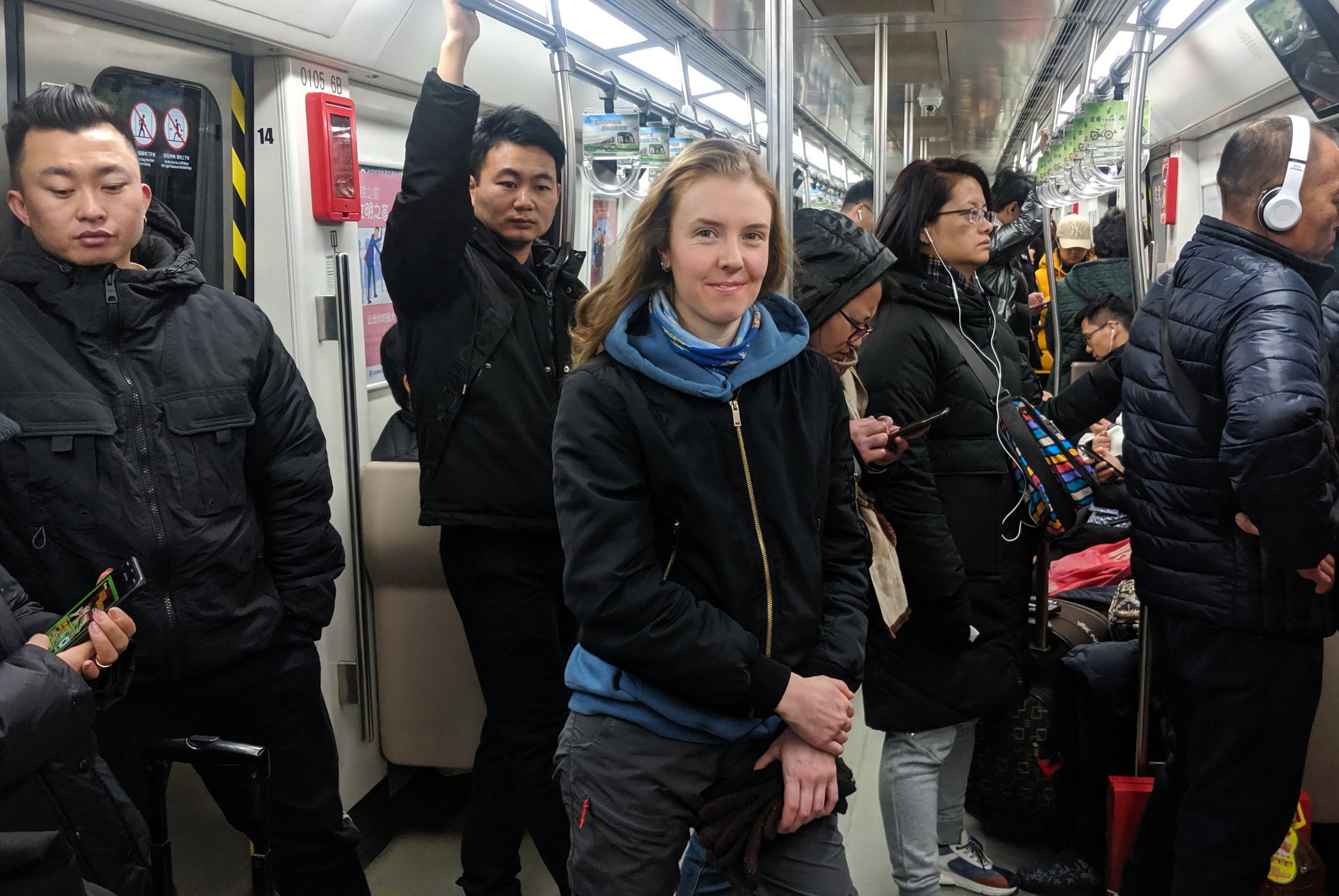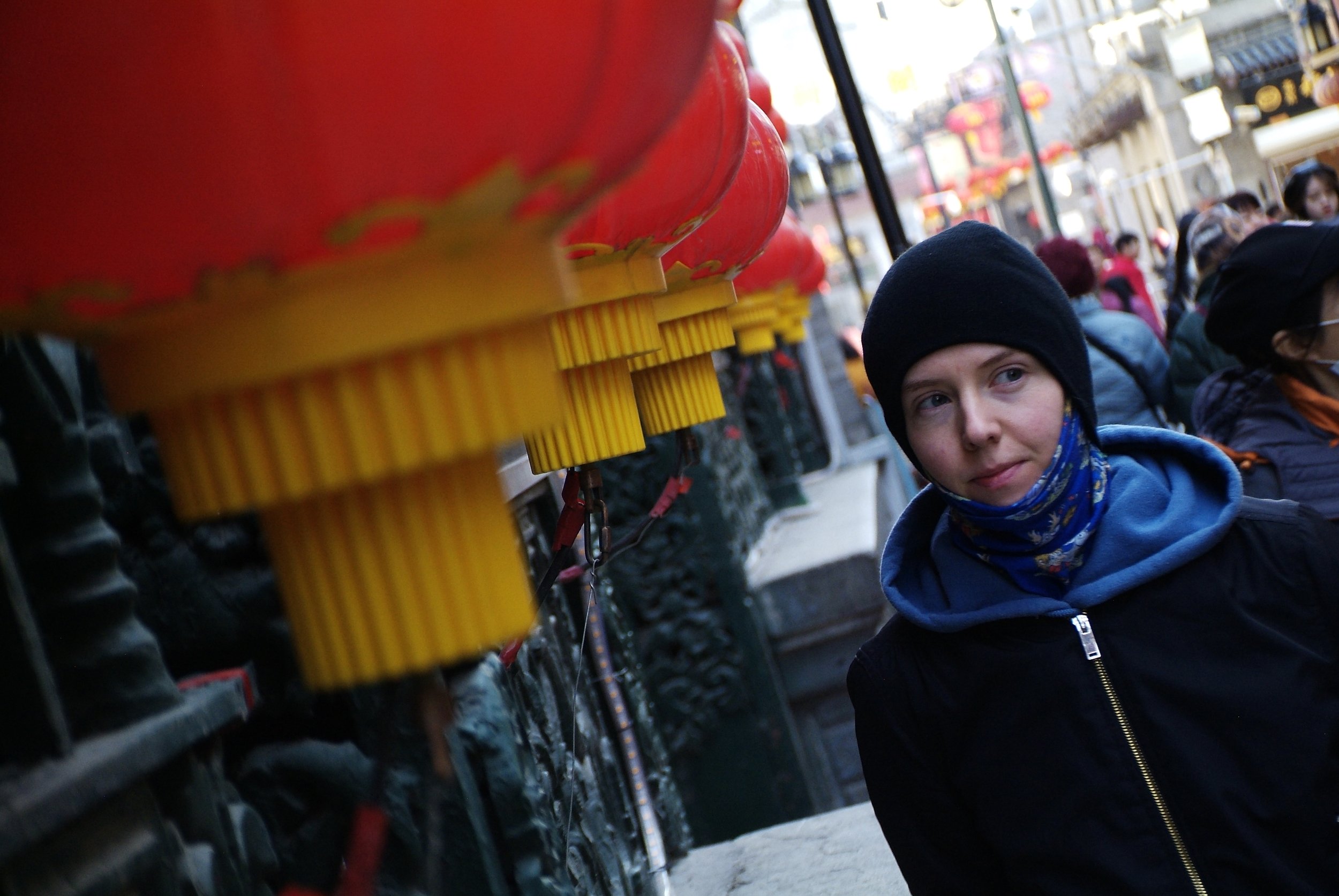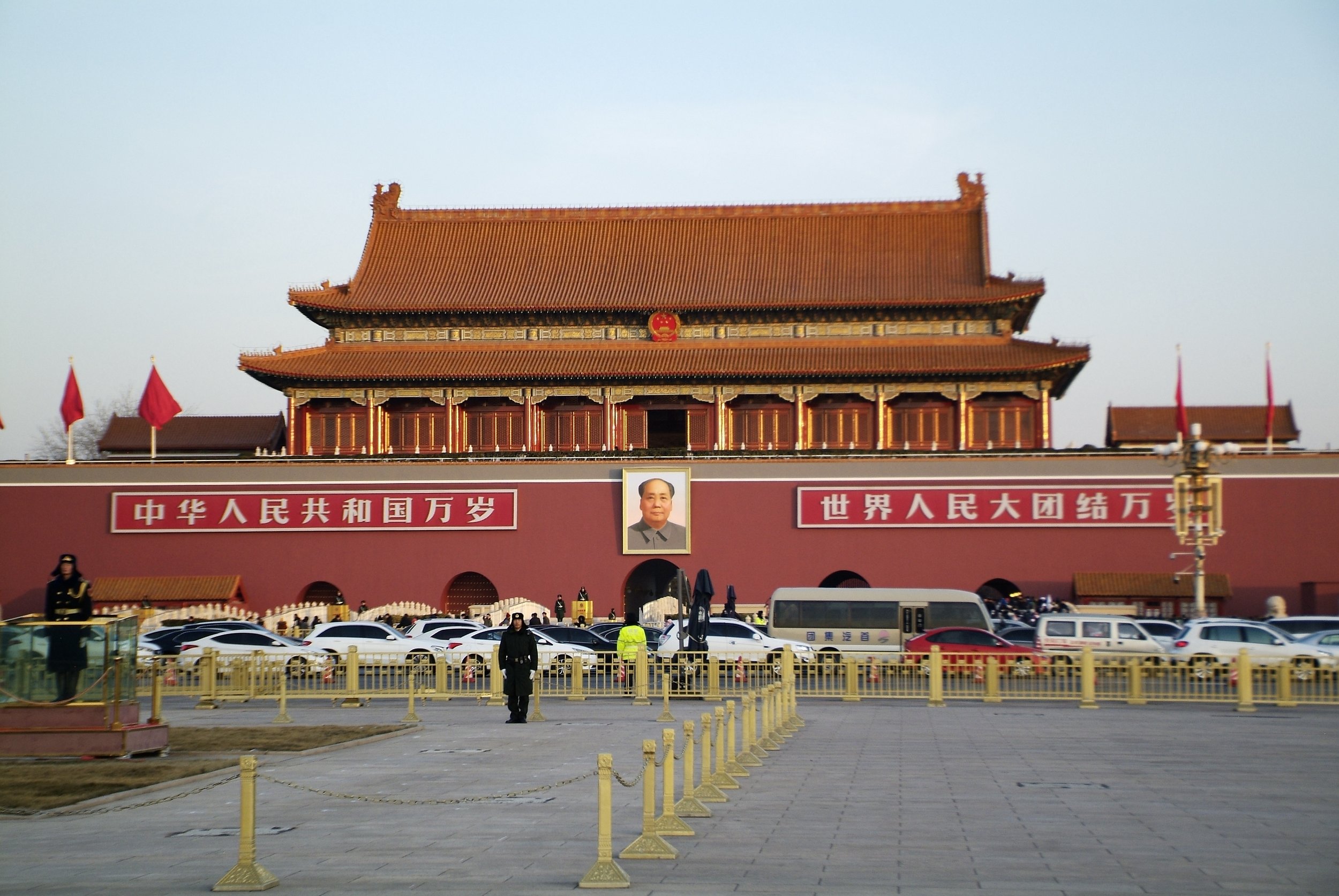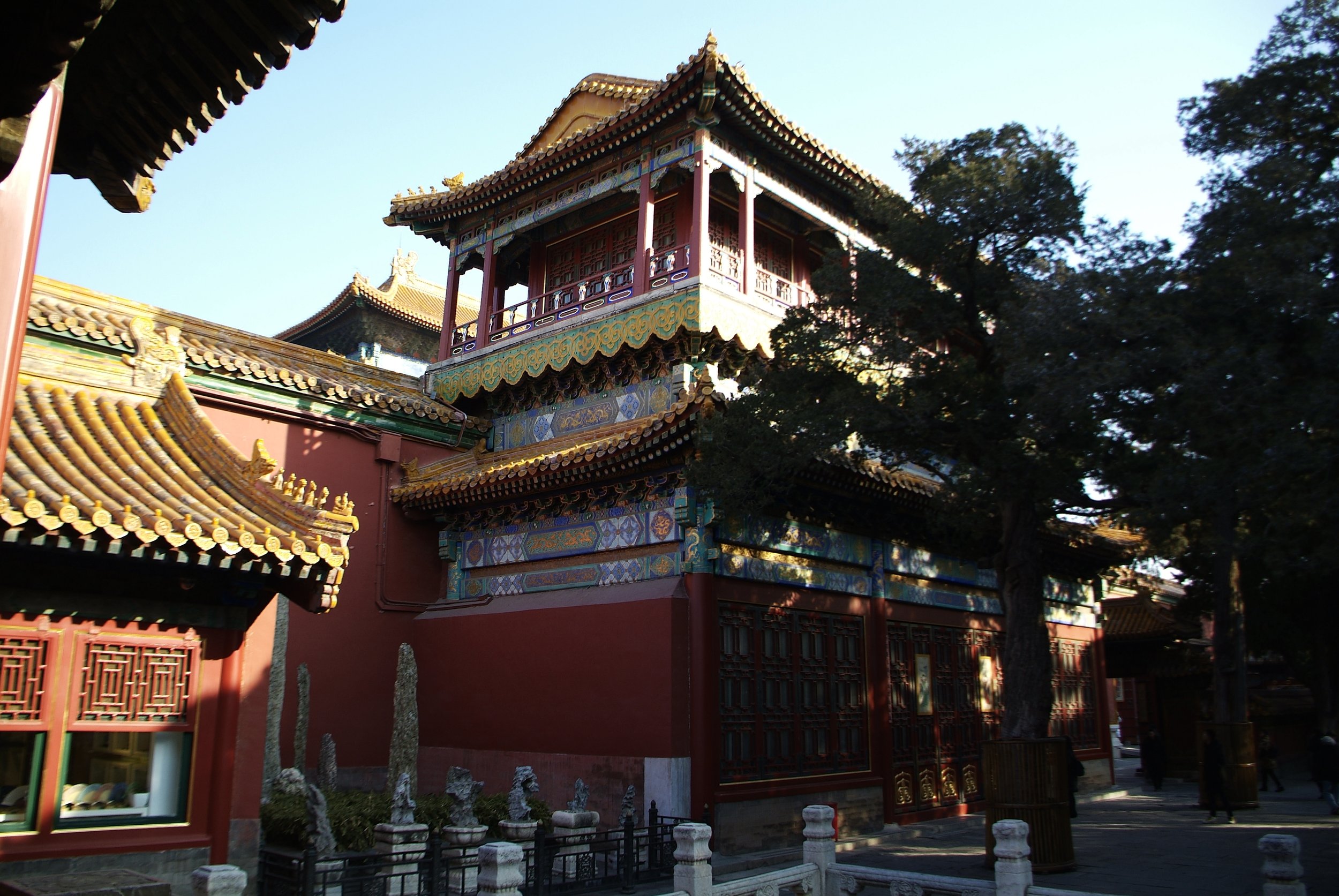
> TRAVEL FILES <
THE SIGN HUNTERS
@thesignhunters • #thesignhunters • #handfulsadventures • #apiginchina
CHINA: Beijing part 1: the great capital city of Central State
Written by Laszlo, 21 February 2020
Beijing, the great capital city of Central State. Part 1: Qianmen Street, Yuanmingyuan Park, Tiananmen Square, The Forbidden City, National Centre for the Performing Arts.
If you regularly follow our activity on social media (Twitter and Facebook), you know it well that in the middle of January 2020, we travelled to Beijing and spent a solid week there, in the capital city of China. We truly loved Beijing! No surprise that in the end we came home with thousands of photos and hours-worth of video footage. Good news, the blog is finally here! But it will be spread across three individual posts and this one now is the first chapter.
In this blog post, I will share many of my better and worse photos of different but the most famous landmarks of Beijing with you. The 'Northern Capital City' (this is what Beijing 北京市 means in Chinese) is one of the largest human settlements in the world from both area (16,410.5 square km) and population (about 21 million at the time of writing this post) aspects. But the city is very accessible and one can get about easily by using a highly convenient and efficient public transport network. Within the week we spent there, we heavily relied on the subway and happy to say that we did cover a larger area of Beijing within only 7 days. We had to though, because the famous sites are far apart from each other and it is much easier to access these by metro. The distance was especially significant when it came to sign hunting. But the distance is the least annoying aspect when it comes to sign hunting in China.
As I explained it in my previous post on Hangzhou (click here), mega cities do not seem to have official boundary signs at accessible locations. Or at any location at all. So, when we planned out the sign hunting in Beijing, we did not expect success and we were quite right about it. It took us about three hours just to get to the boundary between the Beijing municipality and the small Langfang City (廊坊市) section of Hebei Province (河北省) by a mixture of public transportation and walking, but where the sign should have stood, there was nothing. Nothing as expected. Well, not actually nothing, that would be a lie. But talking about an official city welcome sign, so that is a big nothing. There, where the official sign should have been, was this massive cast iron installation marking the entrance to the Beijing Yunheyuan Hot Spring Spa Resort. Since, we invested a lot of time getting to that location and actually the installation 'said' Beijing on the top section, we decided to keep this as an official memorabilia. It is a sign in the end that states that one who enters here is in Beijing, so official or not official, it perfectly fits into the concept of sign hunting. (We can make an exception sometimes.)
The thing is that the sign hunting actually happened on Day 5 (17 January 2020), but a lot more had happened before, and since we went to Beijing for a week, we did some more things the day after the unsuccessful sign hunting parade. In this blog and its subsequent chapters, the photos I am going to share with you will be in timely order. So, let the journey begin!
On Day 1 (13th January 2020), We travelled to Beijing by train. In fact, we used the famous Chinese high-speed train, which took the journey from Hangzhou to Beijing in about six hours. That is very impressive knowing that the distance between the two cities is around 1,200 km! Its average speed was around 305 km/h. Not bad and it is a beautiful train too.
When we got to Beijing, we straight away got on to the metro. It sometimes felt crowded, but Beijing overall did not feel so. I have seen many more people in the London or even in the Budapest underground crammed in the trains than I saw in Beijing. It is a highly reliable, efficient and cheep service.
Our accommodation was a few minutes walk away from the famous Qianmen Street. Another about ten minutes walk away from our accommodation, we found a vegan restaurant. In fact, it was a vegan buffet with an incredible amount of food! We dined there several times during our week there. Fantastic place, amazing food!
On the day (13th January 2020) we arrived to Beijing, it was freezing cold. This is actually a fact as it was freezing as the temperature was mostly below zero. During the day, the maximum temperature was normally around 1 degree above zero. The cold followed us everywhere during the week. What the cold could not do though was keeping us away from being outdoors and exploring the city. We spent a lot of time outdoors! Since our accommodation was located very near to Qianmen Street, we straight away explored the area. This street is the most famous shopping and tourist street in Beijing, so no surprise folks that this locality actually had a gate. In China, however, every gate has a name that is displayed on the top of it. As you can see in my photos, the one that marks the entrance to Qianmen Street does not actually mean Qianmen. The name displayed on the gate is its own name. But the gate itself is also unique to the area, so you actually know where you are when you see this beautiful instalment. So, here below are photos of the famous Qianmen Street or Avenue (前门大街).
The photos here are coming in timely order as we visited the different sites. On day 2 (14th January 2020), we went to Yuanmingyuan Park (圆明园), which is famous for being the home to the Old Summer Palace, which is also known as the Imperial Gardens (御园). But the palace itself was destroyed during the Second Opium War during the mid-19th century by the Anglo-French expedition force, so what you can actually see here today is the ruins of the once more than 800 acres (1 acre is 4046.86 square metres) large palace. But there are many other things here including a beautiful temple too. See the photos below.
Day 3 (15th January 2020) of our urban exploration in Beijing got up to a completely different level and stepped on the touristic route as we actually paid a travel agency (Travel China Guide) for a two-day thorough site visits across Beijing. It was a bit rushed, but it was worth the money as we managed to cram a lot of things into it. In fact, the majority of these photos shared here and the next two blog chapters were all taken there. So, as part of our organised trip, the first stop was Tiananmen Square (天安门). See the photos right below here.
This large building here is called Zhengyangmen (正阳门) and it is situated between Tiananmen Square and Qianmen Street. It is actually the south end of the sqaure and the gate tower to the historic centre of Beijing.
This building below is the archery tower (I shared photos of it above among the Qianmen Street images).
Tiananmen Square is a one of the largest public spaces in the world, it is within the top ten largest city squares in the world (440,500 m2 – 880×500 m or 109 acres – 960×550 yd. Outside of China, it is famous for the 1989 Tiananmen Square protest. There is a prominent building that occupies a large portion of the square. This is the Mausoleum of Mao Zedong or also known as the Chairman Mao Memorial Hall, where the embalmed body of Chairman Mao is put its final resting place. The mausoleum with the surrounding monuments was completed in 1977.
From Tiananmen Square we walked up to Tiananmen (天安门), which is probably the best known symbol of China. This is the building that has Chairman Mao's portray displayed on the front side wall. This building is the main entrance to the once forbidden area of Beijing known as the Forbidden City (故宫), which is a palace complex remembering the imperial times of Central State. The Forbidden City was constructed from 1406 to 1420, covers 72 hectares (over 180 acres), and has about 980 buildings. The Forbidden City was declared a World Heritage Site in 1987 and is listed by UNESCO as the largest collection of preserved ancient wooden structures in the world. These are my photos that I took in there.
... and a few night shots of Tiananmen. The Chinese name of the gate (天安门/天安門) is made up of the Chinese characters for "heaven," "peace" and "gate" respectively. The long text on the eastern and western side of the main gate wall says the following: On the left side it is 中华人民共和国万岁, which means "Long live the People's Republic of China", while the right side reads as 世界人民大团结万岁 meaning "Long live the great unity of the World's Peoples".
We like walking and exploring places under the night sky. This can put an entire city into a different perspective. Not far from Tiananmen Square there is this weird construction that reminds you more of a space ship. This is the home to the National Centre for the Performing Arts (国家大剧院).
'Part 1' ends here. I hope you enjoyed going through these photos with me. Keep an eye on our news feed as the Beijing trip involved much more than this. The rest of the photos will be presented in part 2 and 3 which are arriving soon.



























































































































































